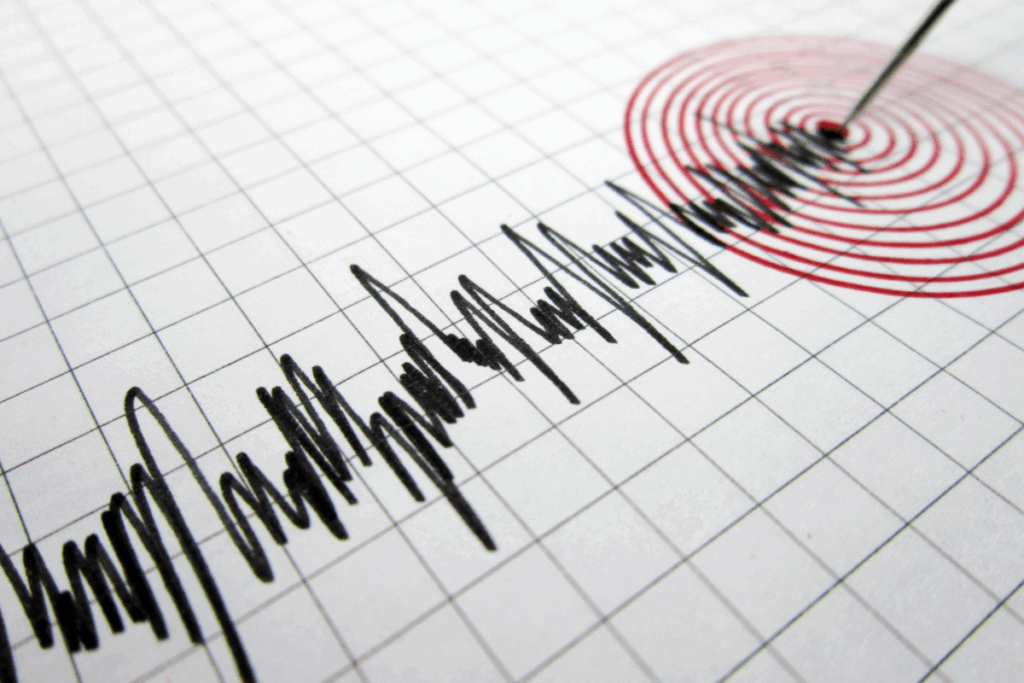Global Tsunami Alerts After Massive Russian Earthquake
A powerful 8.8-magnitude earthquake struck off the coast of Russia’s Kamchatka Peninsula, setting off tsunami warnings and evacuation orders across the Pacific. The seismic event, among the strongest recorded in recent years, prompted immediate action from authorities in Japan, the United States, and several Pacific nations.
The earthquake’s epicenter was located offshore, about 75 miles from Petropavlovsk-Kamchatsky, at a depth of 13 miles. The quake triggered multiple aftershocks and caused panic in coastal towns, where residents fled buildings and sought shelter on higher ground. Several people sustained minor injuries during the evacuation process.
Waves Reach Japan, Hawaii, and the US West Coast
Following the quake, tsunami waves hit the Kuril Islands and northern Japan, particularly Hokkaido. Waves in some regions of Russia reached up to six meters in height, flooding ports and affecting infrastructure. In Severo-Kurilsk, three separate waves were reported, cutting power and prompting emergency responses.
In Japan, evacuations were conducted along the Pacific coast, including in Fukushima, where memories of the 2011 disaster remain vivid. Authorities closed breakwater gates, and residents gathered in designated safe zones on rooftops and hilltops. One person was injured in Japan due to the tsunami’s impact.
Hawaii and California also issued alerts. Honolulu experienced severe traffic congestion as residents followed evacuation instructions. Although tsunami warnings were later downgraded to advisories, authorities warned of dangerous currents and flooding along beaches and harbors.
Pacific Nations on High Alert
Countries throughout the Pacific Basin activated emergency protocols. In South America, Chile issued its highest-level tsunami warning, evacuating hundreds from coastal towns. Colombian officials ordered the complete evacuation of beaches and low-lying areas, while Ecuador canceled classes in the Galápagos Islands and coastal communities.
Elsewhere, warnings and precautions extended to Mexico, New Zealand, the Philippines, and several Pacific island nations including Fiji, Samoa, Tonga, and the Solomon Islands. Maritime traffic was restricted in multiple regions, and people were advised to stay away from coastlines until further notice.
Damage in Russia and Ongoing Volcanic Activity
In Kamchatka, the quake damaged a kindergarten under renovation, though no children were present. Several individuals were injured in the rush to evacuate buildings. A hospital patient was hurt while attempting to escape through a window. Emergency teams continued to assess the situation as a state of emergency was declared in affected areas.
In a concerning development, lava began to flow from Klyuchevskaya Sopka, the region’s most active volcano. Observers reported explosions and volcanic tremors shortly after the earthquake, raising concerns about possible interactions between seismic and volcanic activity.
Despite the magnitude of the disaster, no major structural damage has been reported so far, and nuclear facilities in Japan remained unaffected. Authorities across the Pacific continue to monitor aftershocks and ocean behavior to mitigate further risks.


